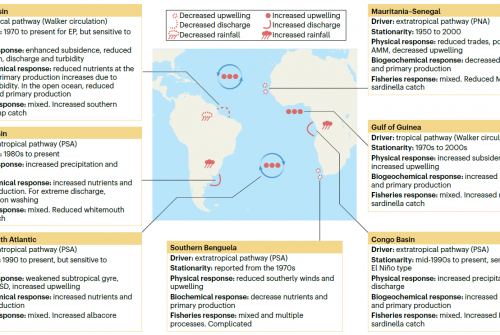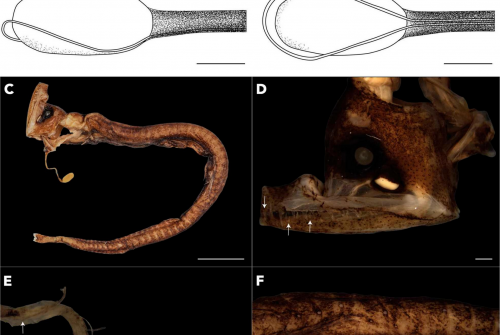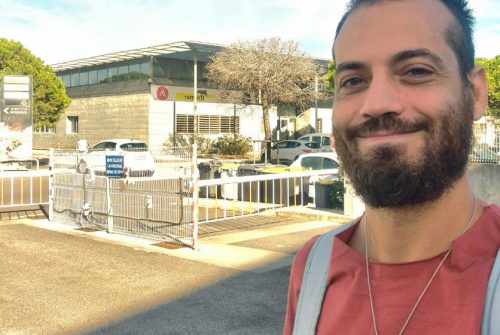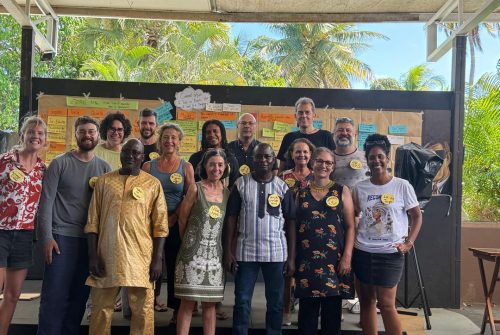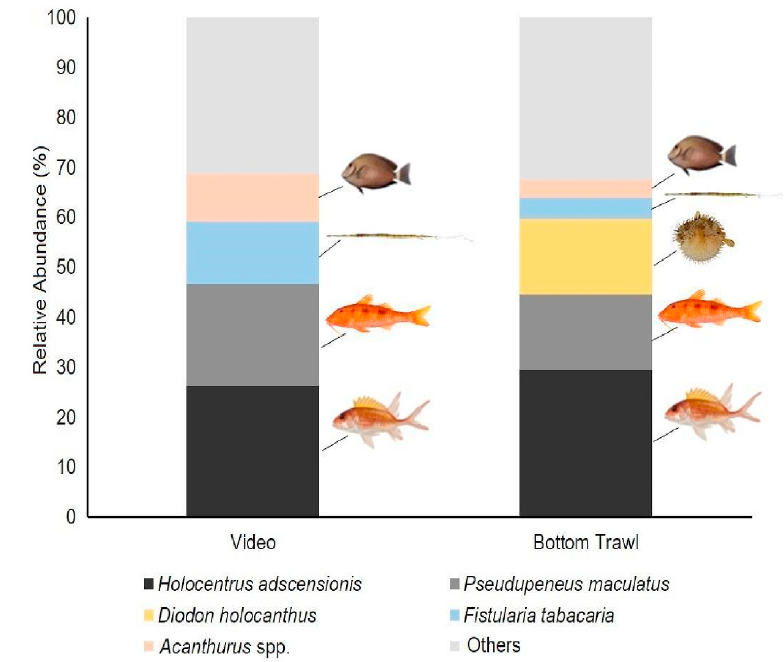
Bottom trawling is a common fisheries method and also a widespread scientific sampling method for benthic and demersal species. Selectivity and catchability are usually estimated using different meshes and studies with alternative methods are rare. In this study, to improve the estimation of trawl selectivity, we compare bottom trawl catches and recordings made by a camera fitted on the top of the net. Scientific trawling was conducted along the Northeast Brazilian shelf, a typical carbonate shelf with presence of sponges, coralline bottoms and a high water visibility. In total, 23 taxa (19 species and four genera) were identified in the videos and 30 taxa (25 species and five genera) in the trawls, indicating a higher potential of trawling to record species richness. Overall, no significant differences were observed in the assemblage structure identified by trawling and underwater footages. However, divergences were observed in fish catchability between trawls and videos. Net sampling was more selective for fish with low swimming capacity, while species with shelter and fast swimming capacity seemed to be underestimated. Furthermore, underwater footages allowed for an assessment of the trawling impacts on erect sponges with the observation of the damage on large branching and tubular sponges. The vulnerability of those habitats that concentrate higher fish diversity to mechanical impact raise the need for creation of preventive measures to protect these sensitive areas from commercial fishing operations. The use of less destructive methods is an important survey alternative under special conditions, particularly in conservation areas. In this study the videos could not be used as a complete alternative for the trawls, which presented higher efficiency, however, videos had shown to be a useful complement. Possibly, the speed and height determined by the trawling operation affected the performance of video sampling, being performed in suboptimal conditions. Using dedicated video sampling, such as towed video, could significantly improve its efficiency and compensate the disadvantages observed from the videos.
Video
Reeference
de Barros M.J.G., Eduardo L.N., Bertrand A., Lucena-Frédou F., Frédou T., Lira A.S., Ferreira B.P. 2021. Bottom trawling on a carbonate shelf: Do we get what we see? Continental Shelf Research, 213: 104314.



